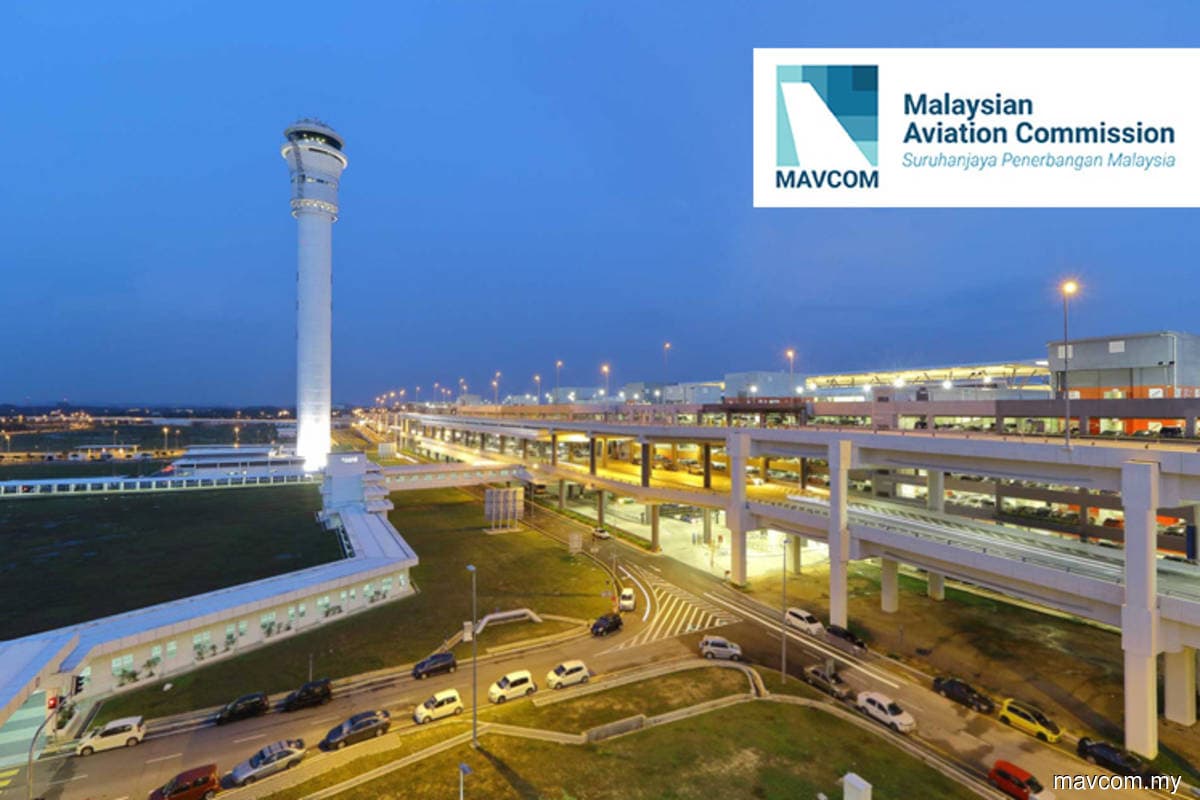
KUALA LUMPUR (July 7): The Malaysian Aviation Commission (MAVCOM) has reported that air passenger traffic for the first five months of the year jumped over five times year-on-year (y-o-y) to 16.3 million.
Passenger traffic for the first quarter (1Q) this year also rose more than five times to 8.7 million from 1.7 million a year ago due to low base effect, the commission said in a statement on Thursday in conjunction with the release of its biannual industry report, Waypoint.
MAVCOM said the data indicates that the aviation industry is on a gradual but steady recovery path, and that it is maintaining its forecast that passenger traffic will increase to 32.6 million to 49 million range, up from 11 million last year.
It noted that international air passenger traffic reached one million in May, the first time since March 2020. Malaysia's international borders fully reopened on April 1.
"Following the easing of travel restrictions in Malaysia, the aviation industry has made further progress in its recovery from the pandemic as indicated by the increase in total passenger traffic in early 2022," said MAVCOM's executive chairman Datuk Seri Saripuddin Kasim.
"With the country's international borders having reopened since April 2022, we have continued to see an uptick driven by pent-up demand for travel.
"While we understand the public remains cautious in the face of global conflicts and existing economic uncertainties, the commission remains positive that the aviation sector will continue to recover in 2022 with the right measures in place," he added.
MAVCOM also reported that total cargo volume for 1Q grew 5.9% y-o-y to 5.1 billion freight tonne kilometres (FTK) from 4.8 billion FTK, driven by the return of belly cargo capacity following the gradual resumption of international flights.
Further supporting cargo volume in 1Q was the solid growth seen in the e-commerce industry and the electrical and electronics sector, the commission said.
Mavcom maintained its forecast for air cargo to expand between 3.9% and 6.7% this year, which translates into 21.5 billion to 22 billion FTK.
Domestic vs international airfare divergence in ASEAN, Australia, and China
The commission also highlighted that there has been a divergence in domestic and international airfare trends since the start of the pandemic.
This divergence showed, on average, that domestic airfares for the economy class in ASEAN, Australia, and China have mostly stayed below pre-pandemic levels, while international airfares for the same countries have recorded a significant hike and have remained above 2019 levels.
Meanwhile, MAVCOM updated that as at end-March, it had approved 21 out of 22 Air Traffic Right (ATR) applications, of which 13 ATRs were allocated for international routes while the remaining eight ATRs were awarded to domestic routes, half of which were given to SKS Airways, one of the newest airlines in Malaysia.
AirAsia, Malaysia Airlines, M Jets International, and MyJet Xpress received three ATRs each, while both MAB Kargo and MASwings received two ATRs, followed by AirAsia X which obtained one ATR.